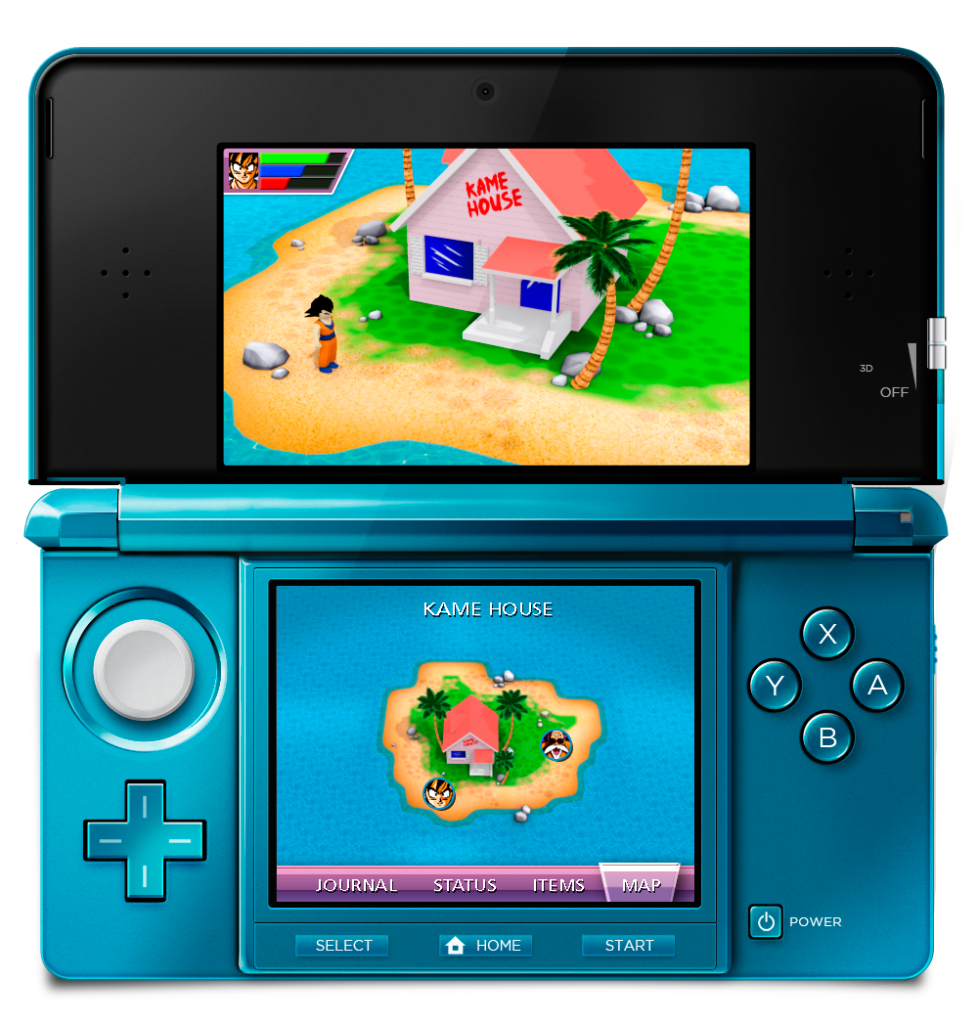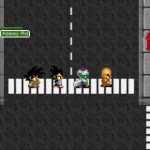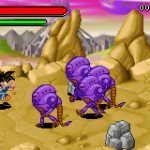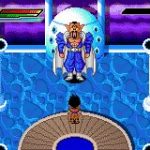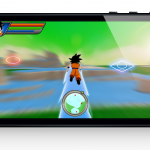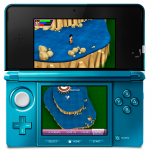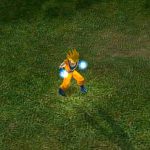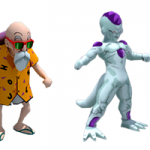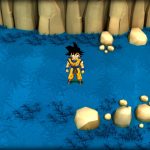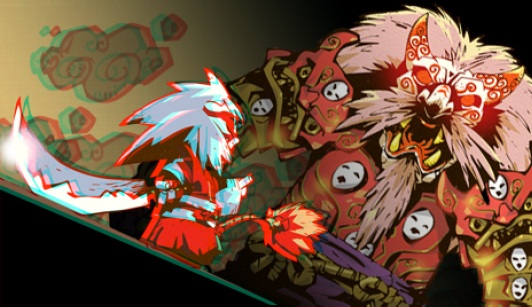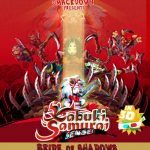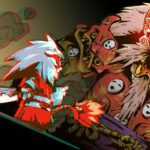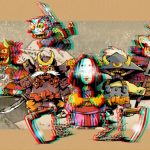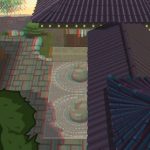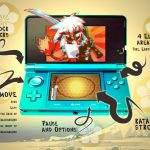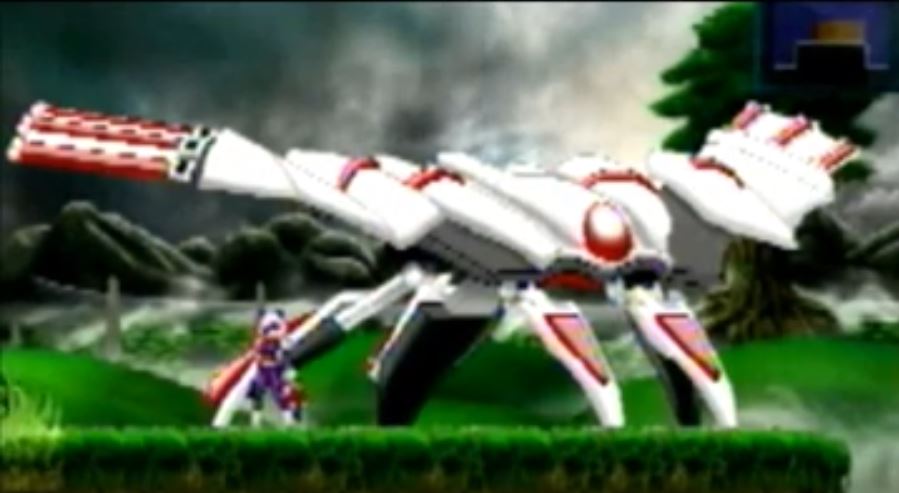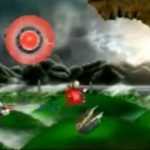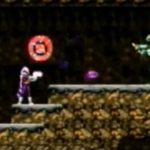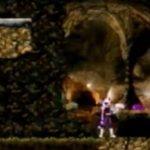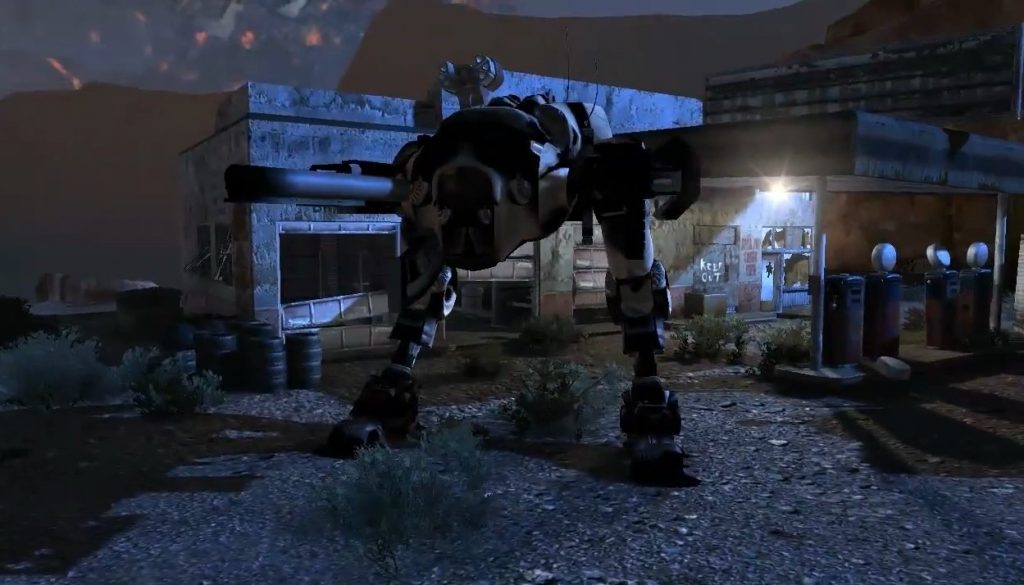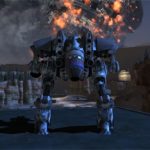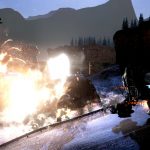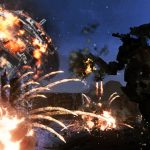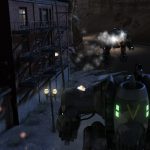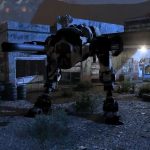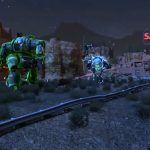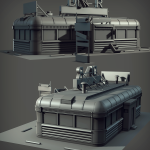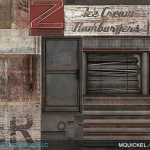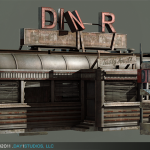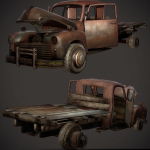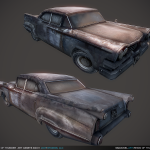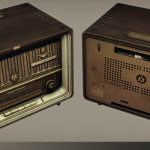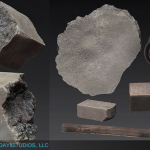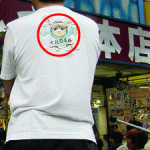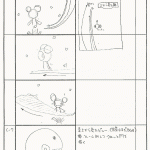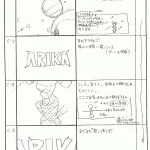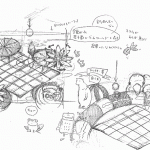Around 2015 – 2016 Webfoot Technologies pitched a fourth game in their “Dragon Ball Z: The Legacy of Goku” series, to be developed on Nintendo 3DS or possibly Android / iOS smartphones. Like previous chapters, The Legacy of Goku 4 would also be an action RPG, at least by reading comments posted by the team on their official Facebook page:
“Yes, we developed LOG1 as an indie game, without any funding (they didn’t give us a contract until the game was almost finished). Then when it sold well, we got contracts immediately for LOG2. And there’s a whole giant story on how we only got half the funding we should have on LOG2, but someday I’ll be writing a book and telling all the business deal secrets.”
“Ok, so there is interest in LOG4! If we did the Indie Go Go over the Summer, could you guys help point people to the page so we could get the support we need? I really think from the interest posted in just a few hours, this really could work.”
“We’re trying a few 2D concepts and mockups will follow soon. Mandi will create a few different sprite styles soon. Keep in mind this was her first quick mockup only!”
“We’d like to keep gameplay almost the same, but finish balancing the games properly this time. Also, Go Go backers will be able to vote on certain aspects of the game style.”
It seems Webfoot Technologies were not able to find a publisher interested in funding their new DBZ project, while the old games are abandoned and playable online. They hinted at a possible crowdfunding campaign, but it would have been quite hard to do something like that unofficially using the Dragon Ball IP. After drawing some concepts, 2D and 3D mockups, The Legacy of Goku 4 had to be canned (at least for now).
Thanks to William for the contribution!
Images:

